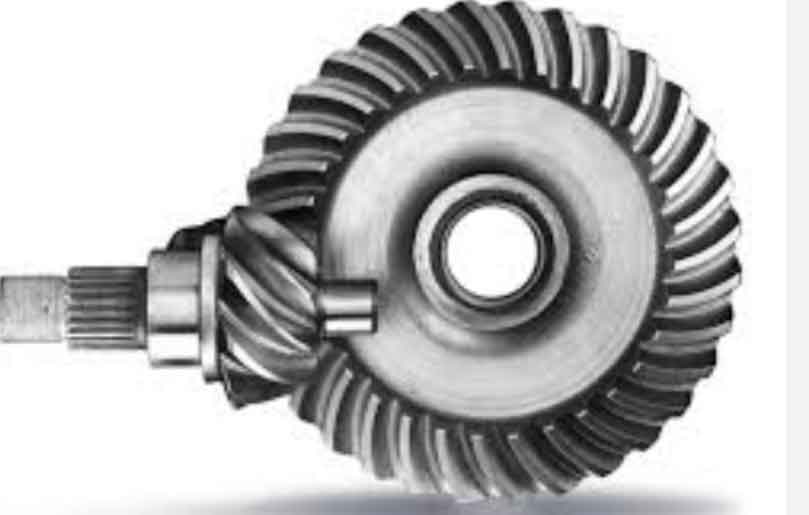
Hypoid gears play a critical role in aviation applications, enabling safer and smoother flight in both commercial and military aircraft. Their unique design characteristics and benefits make them suitable for various aviation systems. Here’s how hypoid gears contribute to aviation and enhance flight safety and performance:
1. Aircraft Propulsion Systems:
- In aviation, hypoid gears are commonly used in aircraft propulsion systems to transfer power from the engines to the propellers or fans. Their high torque capacity and efficiency make them well-suited for this demanding application, ensuring smooth and reliable power transmission.
2. Aircraft Landing Gear:
- Hypoid gears are utilized in the landing gear systems of aircraft. The landing gear must handle substantial loads during takeoff and landing, and hypoid gears’ ability to distribute the load evenly along the tooth flank helps ensure safe and stable landings.
3. Flight Control Systems:
- Hypoid gears are also employed in aircraft flight control systems. These systems are critical for maneuvering the aircraft and maintaining stability during flight. The smooth and precise operation of hypoid gears helps achieve accurate control of control surfaces, contributing to flight safety.
4. Auxiliary Power Units (APUs):
- APUs provide power to aircraft systems when the main engines are not running. Hypoid gears are used in the APU systems to transfer power from the engine to auxiliary components, ensuring reliable and efficient power generation.
5. Helicopter Transmissions:
- Hypoid gears are commonly used in helicopter transmissions. The high torque capacity and smooth tooth engagement of hypoid gears are vital for the varying power demands and complex flight maneuvers of helicopters.
6. Noise Reduction:
- Hypoid gears’ helical tooth design and gradual meshing help reduce noise and vibration during gear operation. This is particularly beneficial in aviation, where noise reduction is essential for passenger comfort and meeting stringent noise regulations.
7. Longevity and Reliability:
- The robust construction and efficient load distribution of hypoid gears contribute to their longevity and reliability in aviation applications. This ensures that aircraft systems perform consistently over long periods, minimizing downtime and maintenance requirements.
8. Space Constraints:
- Hypoid gears’ offset configuration allows for more compact gearbox designs, which is crucial in aircraft applications where space is limited. Compact gearboxes help optimize aircraft weight distribution and overall design.
9. Thrust Reversers:
- In certain aircraft engines, thrust reversers are used to help slow down the aircraft after landing. Hypoid gears play a role in the operation of thrust reverser systems, ensuring effective deployment and reliable operation.
By utilizing hypoid gears in aviation systems, aircraft manufacturers and designers can achieve safer and smoother flight operations. The performance benefits of hypoid gears, including efficient power transmission, reduced noise, and enhanced load-carrying capacity, make them indispensable components in modern aircraft, contributing to the overall safety and reliability of aviation travel.
